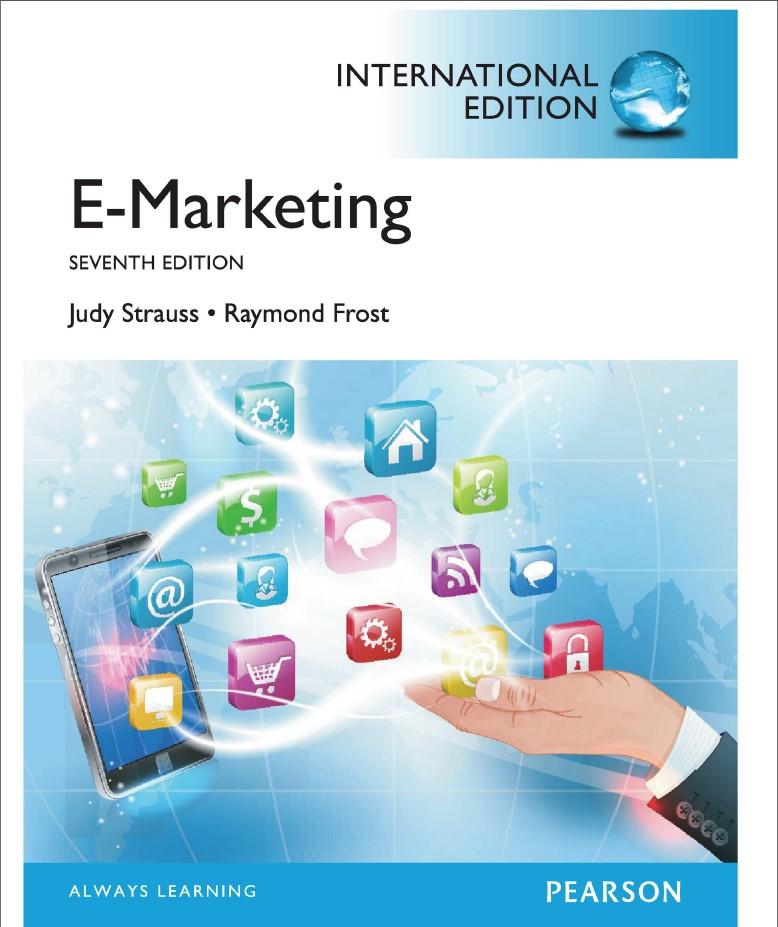

Hello, it's microeconomics questions.thanks in advance
1 The following is an extract from a multiple-decrement table referring to mortality and with- drawal from certain life assurance contracts. these modes being referred to as 'd' and \"ml respectively. age. I 1&1}: {eel-i" {wilt 5] 15.491] 24 51 51 15.415 21 53 52 15.3311 15 tn (1} What is the probability that a policyholder aged 51 will withdraw before attaining age 53? (ii) Suppose that a single-premium three-year term assurance contract is to be issued to a life aged 51]. subject to the mortality and withdrawal rates shown in the above table. The sum assured is f. payable immediately on death. and the benet on withdrawal is aero. On the basis ofrate of interest of 5% p.a.. and allowing for expenses of 113% of the single premium. calculate the single premium for the above policy. {iii} Suppose now that the oice issuing the policy of [ii]I above wishes to introduce surrender talues for these threeyear contracts. The surrender value is to be equal to 115 per cent of the single premium for each week between the date of withdrawal and the end of the term. Assuming that surrenders in each policy year take place on average half-way through the year. write down an equation of value from which you druid calculate the revised single premium. (Do NE !T proceed to the evaluation of this premium.) 2 Employees of a certain company are given the opportunity of early retirement immediately after they complete a 3-year overseas assignment. Those who undertake this assignment eifect a 3-year policy providing the following benets payable at the end of the year of claim: {a} on death or ill-health retirement during the term. the sum of .1]; {b} on survival as an employee of the company to the end of the term1 a lump sum; {c} on withdrawal from the company during the second year an amount equal to 1% times the annual premium. and on withdrawal from the company during the third year an amount equal to 2% times the annual premium. No benefit is payable on withdrawal from the company in the first year. The following mu ltiple-decrement table is applicable to employees going overseas at exact age 4?. (d = death. at = withdrawal. t = ill-health retirement} I (112 {ad}: {mi}; (11411\"; 4T l' 353 13.1] 59 23 .131]? 43 153.133] 1316 11.13111 3.4133 49 42 .393 4?$ 911335 113 Hi 51] 31 .1113?) Using an interest rate of 4% p.a.. calculate the lump sum for an employee going overseas at exact age 4'? who pays level annual premiums of 23131] in advance. Ignore expenses. 3 An organization recruits new employem at exact age 21]. The employees serve an apprentice- ship during the rst two years of employment. The central rate of withdrawal of apprentices at ages 20 and 21 is 0.05 per annum, and withdrawals are uniformly spread over the year of age (in the single-decrement table for withdrawals). At exact age 22, apprentices join the permanent staff, who retire at exact age 60. The force of withdrawal of permanent staff is 0.0094787 per annum. Both apprentices and permanent staff experience mortality according to A1967-70 ultimate. The employer pays an immediate benefit of 2,000 on withdrawal and f8,000 on death in service to permanent staff. The death benefit (but not the withdrawal benefit) is paid to apprentices. (a) Construct a double-decrement table for apprentices between ages 20 and 22 with a radix of 100,000 at age 20. (b) Calculate, using an interest rate of 5% per annum, the value of the benefits in respect of a new employee aged 20. 4 A life office sells policies to lives aged 63 which provide a benefit of f50 per week, ceasing at age 65 or earlier death, to those becoming permanently disabled before age 65. The following basis is used to calculate the single premium for this contract: Independent rates of mortality of policyholders (not disabled): A1967-70 select (at entry) Force of disablement: 0.01 p.a. Mortality of disabled lives: A1967-70 ultimate, rated up by 7 years Rate of interest: 4% p.a. Expenses are ignored. Weekly benefits may be taken as payable continuously. Evaluate the single premium for this contract. 5 In a certain country, married men are subject to the following independent q-type rates of decrement: Mortality: A1967-70 ultimate Widowhood: wives of married men are subject to A1967-70 ultimate Divorce: 0.02 per annum at all ages Widowed and divorced men are subject to the following independent q-type rates of decrement: Mortality: English Life Table No. 12 - Males; Remarriage: rates depend on the age at, and the duration since, the end of the former marriage; the following table is an extract from these rates: age at end duration duration of former Marriage year year 50- 0.050 0.025 514 0.045 0.023 52 SILISIHISIH 0.042 0.020 0.040 0.018 Calculate the probability that a married man aged 50, whose wife is also aged 50, will attain age 52 as a widower who has not remarried between ages 50 and 52










